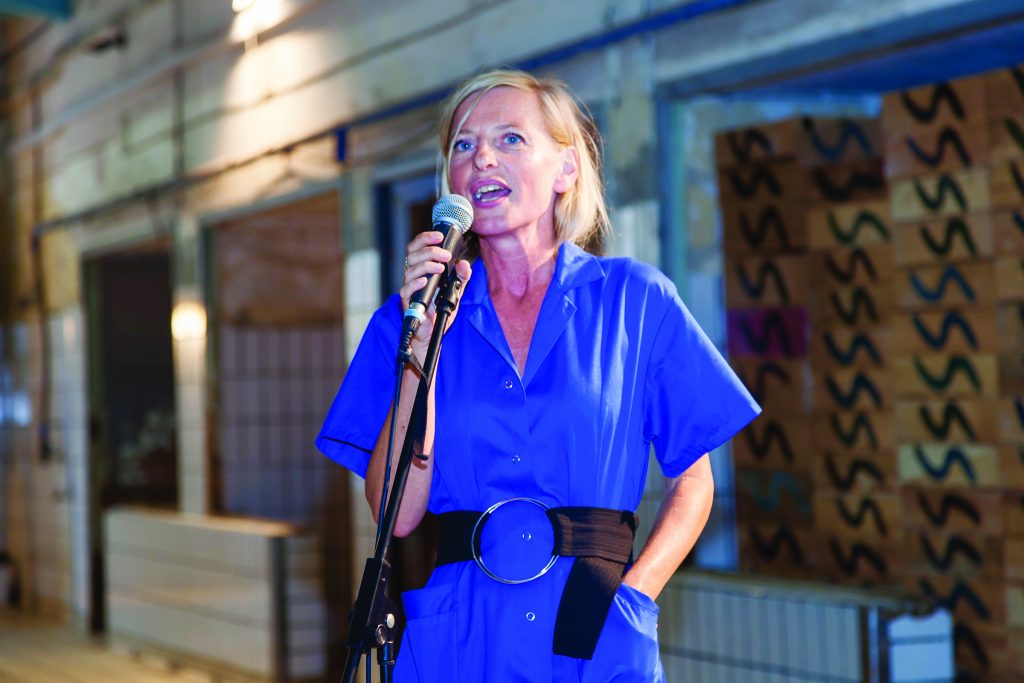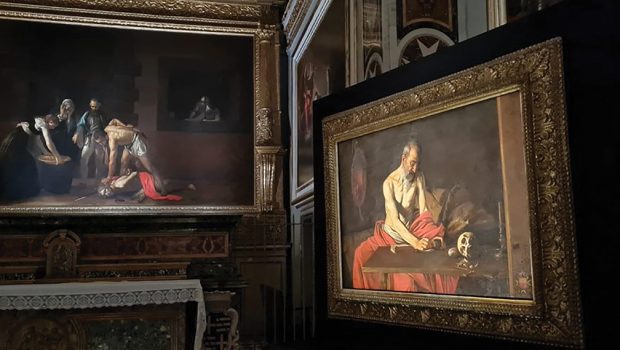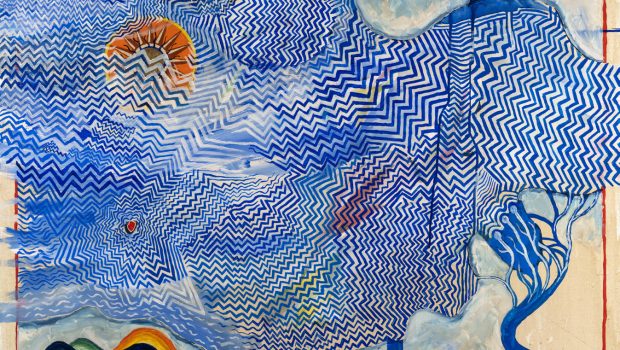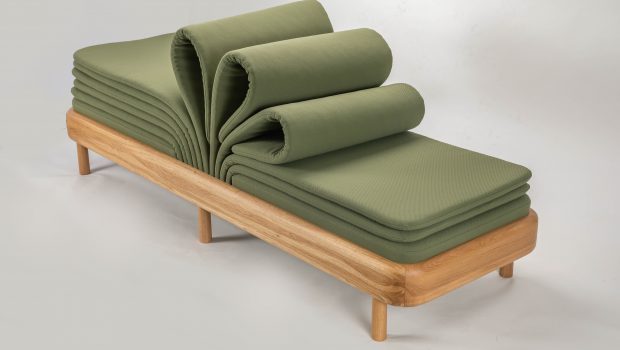Q&A
“...the visual arts are still under-represented in Malta compared to other genres such as theatre, music and pop culture in general”

As the curator of the main visual arts exhibition in the Valletta 2018 Cultural Programme, Maren Richter brought together 22 artists and art collectives – from both Malta and abroad – to present something totally new for Malta. Dal-Baħar Madwarha – The Island is What the Sea Surrounds – opened up spaces to exhibit art to the public such as the St Elmo examination centre and the cisterns under the law courts with award-winning Scottish sound artist Susan Philipsz OBE, and the Old Fish Market with the internationally acclaimed Ghanaian installation artist Ibrahim Mahama. We catch up with her while she is catching her breath after organising this long, but interesting, assignment.
How did your exhibitions in Malta compare to others you have organised elsewhere?
This type of exhibition has to be organised from scratch: there was no existing institution, space or team. I’ve experienced this before in Venice at the Biennial for the Maldives Pavilion which I co-curated, and the nomadic biennial for contemporary Art Regionale in Austria, for which I was the director.
It is quite a challenge! From the start, all you have is an idea for the exhibition, for which you bring your conceptual suitcase, without knowing where it is going. So there are a lot of factors of risk and uncertainties – especially with such a large-scale project. But, I was lucky enough to find an amazing partner, Sandra Zaffarese, who was responsible for production.
Something that was new to me – and very different for sure – was the bureaucracy that we had to go through. It cost us a lot of time – and even money – to follow all the regulations and processes. We had to face the fact that we were not allowed to do this or that, and with such a huge project it was almost impossible to deal with. From a rational point of view we would have needed to say: under these conditions this is not do-able. But I had a very small team of four strong women and we managed and I am very proud of them. Another challenge, by which we were affected, is the politics of space in Malta – be it in terms of finding space for a non-commercial purpose that we could transform into an exhibition space, or how people related to projects in a so-called ‘public space’. Space here in Malta is highly privatised, ‘commodified’ and contested.
Were you happy with the result, and reactions from those who visited?
You always think this or that could have been done better or differently. Since we had faced some new situations with the Valletta 2018 Foundation last year, we had to adjust and revise certain ideas in order to guarantee their realisation. I am, however, very happy with the results.
One main conceptual pillar of the exhibition was to use venues which were either in a transitional stage and/or connoted with ‘memory’ for a lot of people in Malta: places such as the St Elmo Examination Centre – a former orphanage from the beginning of the 20th century. This is a building in which many people sat for their exams. Our intention was to interest people who may not have had much experience of contemporary art to visit the exhibition and experience the dialogue between the spaces, their own memories and the art works.
We invited them to share their stories with us and it was quite wonderful to see that it worked. Young and old came and shared their stories and the young people told us that they enjoyed seeing the different perspectives on Malta through the medium of art and many people acknowledged the large scale of the show as something unique in Malta. Some even compared it to a biennial.
Of course, not everyone liked the exhibition, but, then, the aim of art is not to create a consensual event and mobilise the masses. Contemporary art is not pop culture, but neither is it exclusive; it welcomes everybody. Some people, we realised, expected something different. For example, we opened a very particular part of the space underneath Valletta – the cathedral-like cistern – for a very particular project of Susan Philipsz. It was not about making what lay beneath the streets accessible – as some people thought. It was about the dialogue, which I mentioned before. So, it is essential to communicate the intentions well – more than with just music, for example, which is something everybody grows up with.
I think – and hope – that the artists were pleased to be part of Dal-Bahar Madwarha, although the realisations of their works were not necessarily always smooth. But all of them, even the so-called ‘big names’, realised that we compensated this with passion and the belief in its relevance. Every single artist really did everything to contribute to the exhibition with wonderful works – even to hand back their fees to make it happen, if necessary. And I am very, very grateful for this willingness, dedication and trust in us.
How much time did you spend in Malta and what was the most rewarding experience while you were here?
For more than 18 months, I travelled back and forth and for half of those 18 months, I was in Malta – so I consider myself as having lived here. I had so many different experiences that I think I need a while to digest, contextualise and evaluate them – both professionally and on a personal level – so please ask me again at the end of the year! I do so hope that it will be evaluated by the Valletta 2018 Foundation, because the visual arts are still under-represented in Malta compared with other genres such as theatre, music or pop culture in general.
Did you travel or do anything to ‘reboot’ after this huge show?
I had a small vacation in Sicily. In my last weeks in Malta I tried to see places and do things that I never had time for during preparing for – and running – the show. But as a freelance curator, one has to work ahead to be ready for the next project.
What is your next project?
After such a huge exhibition I usually try to work on smaller projects. I am teaching in Lisbon, and I will be participating in a few conferences in the autumn, for example the one in Tunis, which is related to the Malta exhibition. And I am currently preparing an exhibition that will take place next year in an Open Centre for refugees in Vienna. This is part of my long-term collaborative research ‘Grammar of Urgencies’, which is an interdisciplinary approach that ends with either a performance or an exhibition.








